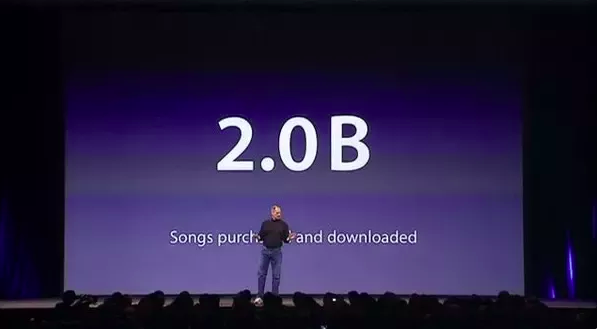How Should You Start Your Investor Pitch?

“You never know what’s going to come through the door,” Dave, a partner at the VC fund I worked at as an Entrepreneur in Residence, said to me. Then he continued by saying, “That’s one of the things I love about this work.”
[Do you want to grow your business? Maybe I can help. Click here.]
We were walking to the “Big” conference room (so named because it was largest conference room we had) for another nameless startup’s Monday afternoon pitch to the partnership. As Dave and I walked into the conference room, the CEO and his executives were already there, six of them in total.
“That’s not a good sign,” I said to Dave, gesturing about the number of people the CEO had brought with him. Dave nodded his head in agreement.
The other partners made their way into the conference room. It was 1:05 PM. We were starting about five minutes late, so we were reasonably on time.
The CEO stood up, and he started his presentation. Jim, one of the partners, said to him, “Before you get started, why don’t you tell us about yourself and your team.”
“I have a bad feeling about this one,” I whispered to Dave. Dave nodded his head.
“Okay,” the CEO said. Then he started talking through his bio. Five minutes later, he was done. It would have been okay if he had stopped with himself, but then he motioned for the VP Marketing to introduce himself.
The VP Marketing started by saying, “I’m a reformed VC…” The joke landed with a loud thud. Three minutes later, the VP Marketing finished his bio.
By the time the team finished their bios twenty minutes later, the damage had been done. The startup had lost their audience.
I looked around the room at the other partners. They were all answering emails with their iPhones.
The CEO tried his best to get the partners attention, but it was over. He’d forgotten the golden rule of presenting to any audience:
You have maybe seven seconds to get your audience’s attention.
As Malcom Gladwell wrote in his landmark book, Blink, you have seven seconds to get your audience’s attention. Seven precious seconds. That’s it.
If you don’t get your audience’s attention in those seven seconds, it gets exponentially more difficult to get your message across.
So how should you start your VC presentations? You need to get to the point fast!
There are three key pieces of information you need to quickly explain to your audience:
A. What does your business do?
Simply explain what your business does in one sentence. There should be no doubt about what business you are in.
B. Why are you 10X to 100X better than anything else? Or, “Why are you so unique in a meaningful way?”
This is your WOW statement. You want your audience to go, “Wow!”
C. How big is the opportunity?
Today and five years from now.
Okay. I’ve just told you what you need to do when you pitch investors. The more challenging question is how do you do this?
Let’s start with what you don’t want to do:
A. Don’t go into too much detail
Detail is actually your enemy on the first slide because you can go down rabbit holes if you’re not careful. Remember, you’ll have plenty of time to go into the details in the body of your pitch.
For now, you just want to give an overview of what your company is about.
B. Don’t get too technical
Yeah, I know you’ve developed a killer technology that you want to show off, but most investors don’t have the in depth understanding of your business that you do. That’s why you’ll likely lose your audience going into technical detail.
C. Don’t have too much text
I’m going to steal from Hector Quintanilla’s post about Steve Jobs power point presentations. Look at one of Jobs slides when he was introducing the iPhone:

Now compare this to the opening slide in Mint’s pitch deck:
The point is you don’t have to overwhelm your audience with information. Less is more really does work. This leads to final thing you need to do:
You need to make an emotional connection with your audience.
How do you do make an emotional connection with your audience fast? Use a tool from Steve Jobs playbook: Tell a story.
Stories personalize your pitch in a powerful way. And stories draw your audience in. Here are a couple of ideas for you if you’re wondering how to do this:
- You can tell a story about how your product solved a customers problem
- You can tell a story about how you came up with the idea for your company
You get the idea.
Getting your first slide right takes time.
The good news is that you don’t have to be perfect. Look at Mint. They got funded and their first slide sucked.
You just have be good enough. Keep at it. Work hard. Get feedback, and you’ll get there.